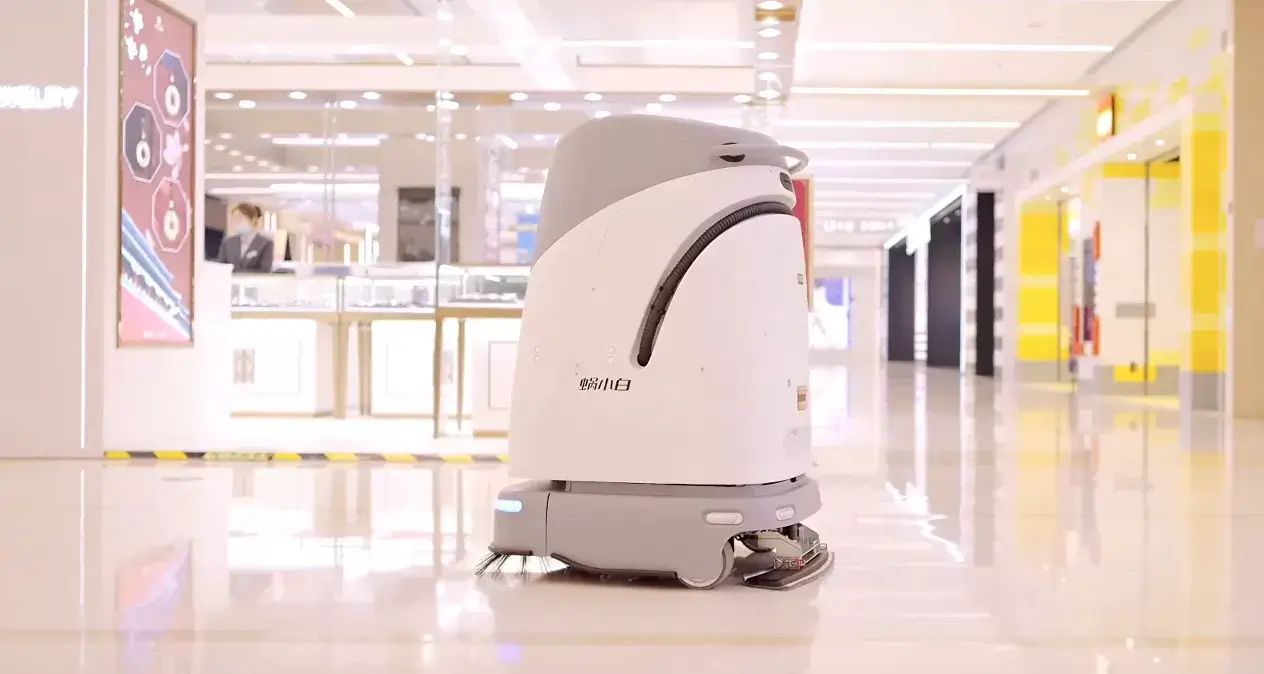What is a Robotic Cleaning Machine?
A autonomous cleaning equipment is an autonomous device designed to clean various surfaces without human intervention. This definition stems from the increasing integration of robotics and artificial intelligence in everyday appliances, aimed at enhancing efficiency and convenience.
Origins and Development
The Evolution of Cleaning Technologies
The journey of autonomous cleaning equipment began in the late 20th century, with the advent of early automated vacuum cleaners. These initial models were rudimentary, relying on simple bump sensors to navigate. However, with advancements in technology, these machines have evolved significantly. Modern robotic cleaners are equipped with sophisticated sensors, mapping technologies, and artificial intelligence, allowing them to clean more effectively and navigate complex environments.
Integration of AI and Robotics
The integration of AI has been a game-changer. By incorporating machine learning algorithms, these robots can learn the layout of a space, optimize their cleaning paths, and even adapt to changes in their environment. This has transformed them from basic tools into smart devices capable of performing intricate cleaning tasks with minimal supervision.
The Mechanism of Robotic Cleaning Machines
Navigation and Mapping
Robotic cleaning machines use a combination of sensors, cameras, and lasers to map out their cleaning area. This mapping process, often referred to as SLAM (Simultaneous Localization and Mapping), allows the robot to understand its surroundings and plot the most efficient cleaning route. Some advanced models also use cloud-based services to store and process this data, further enhancing their navigation capabilities.
Cleaning Efficiency
Equipped with powerful motors and advanced brush systems, robotic cleaners can tackle various types of dirt and debris. They can transition between different floor types, such as carpet and hardwood, adjusting their cleaning mode accordingly. The inclusion of HEPA filters in some models ensures that even the smallest dust particles are captured, improving indoor air quality.
Significance and Impact
Convenience and Efficiency
The primary benefit of autonomous cleaning equipment is the convenience they offer. Busy households and commercial spaces can maintain cleanliness with minimal effort, freeing up time for more important activities. These devices are particularly beneficial for individuals with mobility issues or those who may not have the time to clean regularly.
Environmental Impact
Robotic cleaners also contribute to environmental sustainability. Many models are designed to be energy-efficient, using less power compared to traditional vacuum cleaners. Additionally, their ability to perform regular maintenance cleaning means that dirt and dust do not accumulate to levels that require more intensive, resource-heavy cleaning later on.
Robotic cleaning machines represent a major leap forward in the field of home and commercial cleaning. By combining advanced technology with practical applications, VIGGO provides everyone with a solution that is both efficient and convenient. If you have any related needs, please contact us!

评论
发表评论